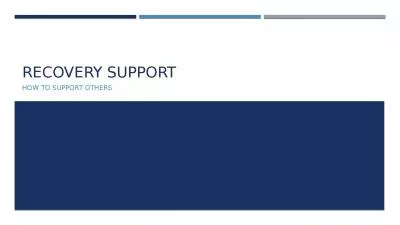PPT-Doing the Right Thing for Those Who Support Others
Author : alexa-scheidler | Published Date : 2018-03-14
An AfterAssault Staff Intervention Hope Community Resources The Story Hope has led a staff wellness initiative for over 15 years Wellness Seminars Employee Assistance
Presentation Embed Code
Download Presentation
Download Presentation The PPT/PDF document "Doing the Right Thing for Those Who Supp..." is the property of its rightful owner. Permission is granted to download and print the materials on this website for personal, non-commercial use only, and to display it on your personal computer provided you do not modify the materials and that you retain all copyright notices contained in the materials. By downloading content from our website, you accept the terms of this agreement.
Doing the Right Thing for Those Who Support Others: Transcript
Download Rules Of Document
"Doing the Right Thing for Those Who Support Others"The content belongs to its owner. You may download and print it for personal use, without modification, and keep all copyright notices. By downloading, you agree to these terms.
Related Documents

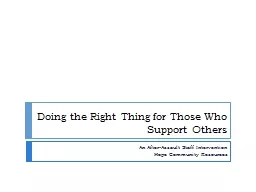
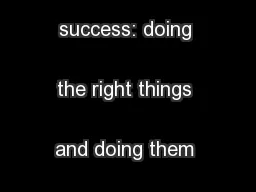
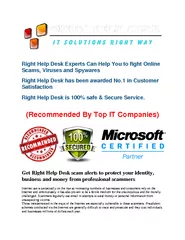
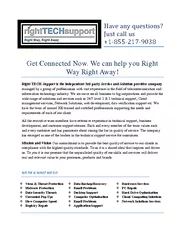
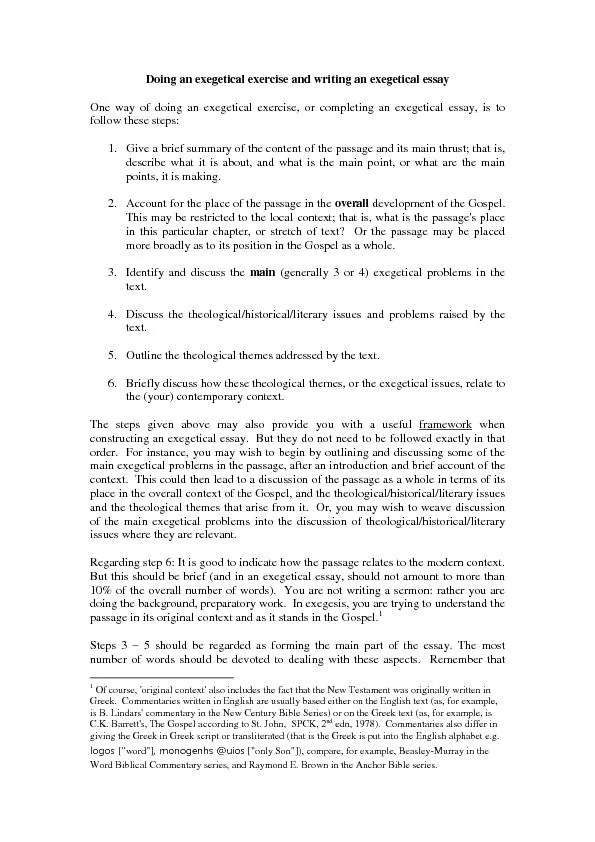
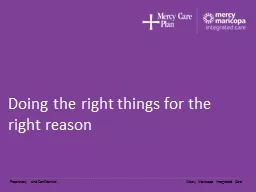
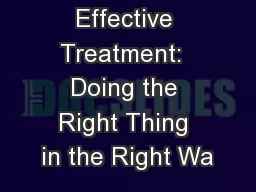
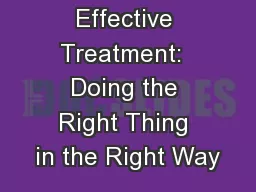
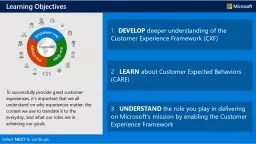

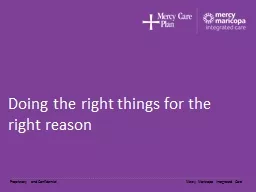
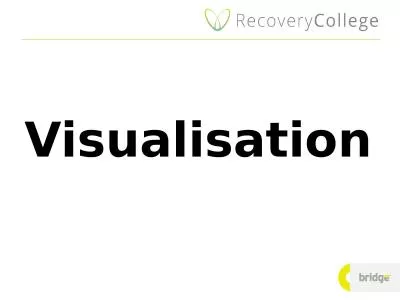
![[PDF READ ONLINE] Starting Off Right in Law School (Starting Off Right Series)](https://thumbs.docslides.com/1020243/pdf-read-online-starting-off-right-in-law-school-starting-off-right-series.jpg)
